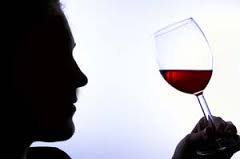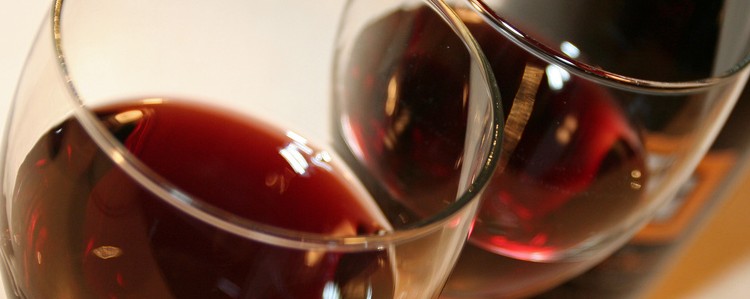Seven S’s: A path to better tasting skills
Here are seven steps involved in tasting wine:
Seeing: Hold the glass up to a white backdrop and check the color — lighter colors generally mean lighter-bodied wines;  white wines get darker as they age, while reds get lighter — and clarity (unfiltered wines, which many prefer, will be cloudier).
white wines get darker as they age, while reds get lighter — and clarity (unfiltered wines, which many prefer, will be cloudier).
Swirling: Done properly — or even clumsily, à la yours truly — this aerates the wine, exposing more of it to oxygen to release and amplify the aromas and flavors. (Make sure the glass is no more than one-third full.) This is a good maneuver to practice at home, on a flat surface. It’s pretty much all in the wrist.
Sniffing: Place your nose inside the rim of the glass and smell for three or four seconds. You will catch all manner of aromas (fruits, vegetables, nuts, spices, flowers, minerals, wood, earth, smoke, etc.), which together form a wine’s “bouquet.”
Slurping: You might want to gather some experience before trying this one in public, but by sucking in the wine from outside your front teeth, you can further aerate the wine and bring out secondary flavors.
Sipping: At the very least, you should “chew” on the wine for several seconds so that it reaches  all of your taste buds; saliva also softens the acids in wine.
all of your taste buds; saliva also softens the acids in wine.
Swallowing or spitting: If you don’t like a wine, or if you’re trying a boatload of varieties at a tasting, spitting makes a lot of sense. But only by swallowing at least a little bit can you fully experience the final step:
Savoring: A wine’s “finish,” the taste left in the mouth after swallowing, can last as long as a minute, with the “back end” bringing a wave of flavors and aromas up the back of the throat.
A version of this originally appeared in the Star Tribune in 2005.




